My dharma brother, Paul Tingen, recently published an article on the Mindfulness Bell website. The title of the article is “Using Mindfulness to Rewire the Brain: How the Insights of Neuroscience Can Aid Our Practice.” It explains Paul’s view on the neuroscience of meditation.
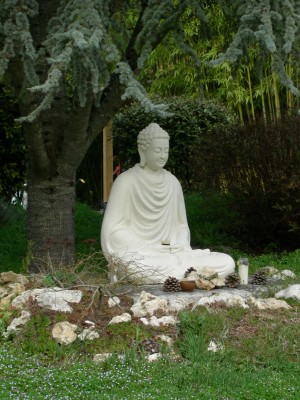
Buddha In Upper Hamlet
By dharma brother, I mean that both Paul and I are members of the Order Of Interbeing of Zen Master Thich Nhat Hanh (known as Thay by his followers). The Order Of Interbeing (OI) began in 1966 during the war in Vietnam. OI members are monastics and lay people who observe the Four Spirits: “non-attachment from views, direct experimentation on the nature of interdependent origination through meditation, appropriateness, and skillful means.”
The Mindfulness Bell is the magazine of Plum Village, France, the home of Thich Nhat Hanh. My article, Healthy and Free, appears in the Fall 2012 issue of the magazine.
The Neuroscience Of Meditation
The basic premise of the article is that there are parallels between the theories of neuroscience and the teachings of Thich Nhat Hanh. Paul states that mindfulness is a practice that deepens certain beneficial neural pathways in our brain.
Conversely, continuing to express our negative emotions can deepen our habitual ways of thinking.
For example, Thay teaches us that taking our anger out on a pillow cannot help us deal with anger. It can only serve to deepen the neural pathways that allow anger to arise in the first place. After all, what we are beating in this case is just a pillow anyway!
Paul puts it this way:
Thay has always disagreed with a widespread view in Western society that we can get rid of unpleasant feelings, particularly anger, simply through expressing them. He often warns against the danger of rehearsing these feelings. Neuroplasticity shows us that repeatedly firing off our neurological pathways indeed risks strengthening those very pathways. And so, again contrary to a lot of Western thinking, Thay has long recommended that people who come to Plum Village don’t immediately start digging into their suffering, but instead begin with watering their seeds of well-being. Once we are stable and our sense of well-being is strong enough, we can look at our suffering again and have a chance to transform it, rather than risk being overwhelmed by it.
The Analogy Of The Gardener
The essential teaching in the article revolves around the analogy of the gardener.
A gardener transforms compost (the mud) into flowers (the lotus). A skillful gardener knows how to create a pleasant garden with lots of flowers and just enough compost to feed them. Being a skillful gardener of our own inner garden is our spiritual work of self-love. To offer another analogy: neural pathways can be described as a collection of gullies, brooks, canals, and canyons; our feelings and thoughts can be considered the water in them. Mindfulness has often been described as a light, and in this case we could extend the analogy by describing mindfulness as the sun.
And so, it rains and a rivulet forms: the first arrow has hit and we suffer. The Buddha’s teachings tell us this is unavoidable; life will fire us arrows. Suffering is inevitable. But if we don’t handle this arrow correctly, if we add other arrows to it with wrong think-ing, the rivulet turns into a stream, a river, and eventually a flood of suffering. The one neural connection has turned into a pathway and is likely to join with other similar pathways, and all of them may be deepened. As these neural pathways are strengthened, so are the corresponding mental formations, and they will be more difficult to transform. And once this gully or canal or canyon has formed, new rain will be drawn to it, deepening these pathways still further.
So, if we are mindful gardeners, we can cultivate our minds to be calm in such a way as to minimize the effects of storms and restructure our neural pathways to be free of suffering. The suffering may still be there, but it is calmed down to the extent of not being a threat to our happiness.
For example, again when it comes to anger, Thay often teaches us that we need to embrace our anger like a mother embraces her crying baby. He tells us to talk to our anger in this way.
“Hello, my little anger! I know you are there and I am here for you! I will take care of you so you can go back to where your came from.”
Back in our garden, the anger has risen as a seed from our store consciousness. With mindfulness, we have managed to water enough wholesome seeds (the tender, loving care we have given it) and it returns to our store consciousness without doing any damage. We have used the neuroscience of meditation to dampen the effect of the seed of anger and weaken its neural pathway.
Research
We have seen in this article how the ancient teachings of the Buddha can be thought of in terms of neural pathways in the brain. There has been much research in the neuroscience of meditation.
One of the principle investigators in this field is Dr. Richie Davidson at the University of Wisconsin. He founded the new scientific field of affective neuroscience and is quite well known for his relationship to the Dalai Lama.
Dr. Davidson reported many of the results of his research in his new book, The Emotional Life of Your Brain. He gave the Meng-Wu lecture for The Center for Compassion and Altruism Research and Education at Stanford University earlier this month.
Seeing him in person after reading so much about his involvement with the Mind and Life conferences (conversations between the Dalai Lama and renowned scientists from multiple disciplines) was a real treat for me.
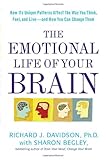
Old Price: $25.95
Price: $12.93
I am currently reading the last chapter of this book and I am totally sold on the neuroscientific basis of emotions. The explanation and scientific evidence for Emotional Style is overwhelming, interesting and easy to apply. The exercises to develop various aspects of Emotional Style are well-written.
If you don’t buy the book from Amazon, be sure to get it from your library!


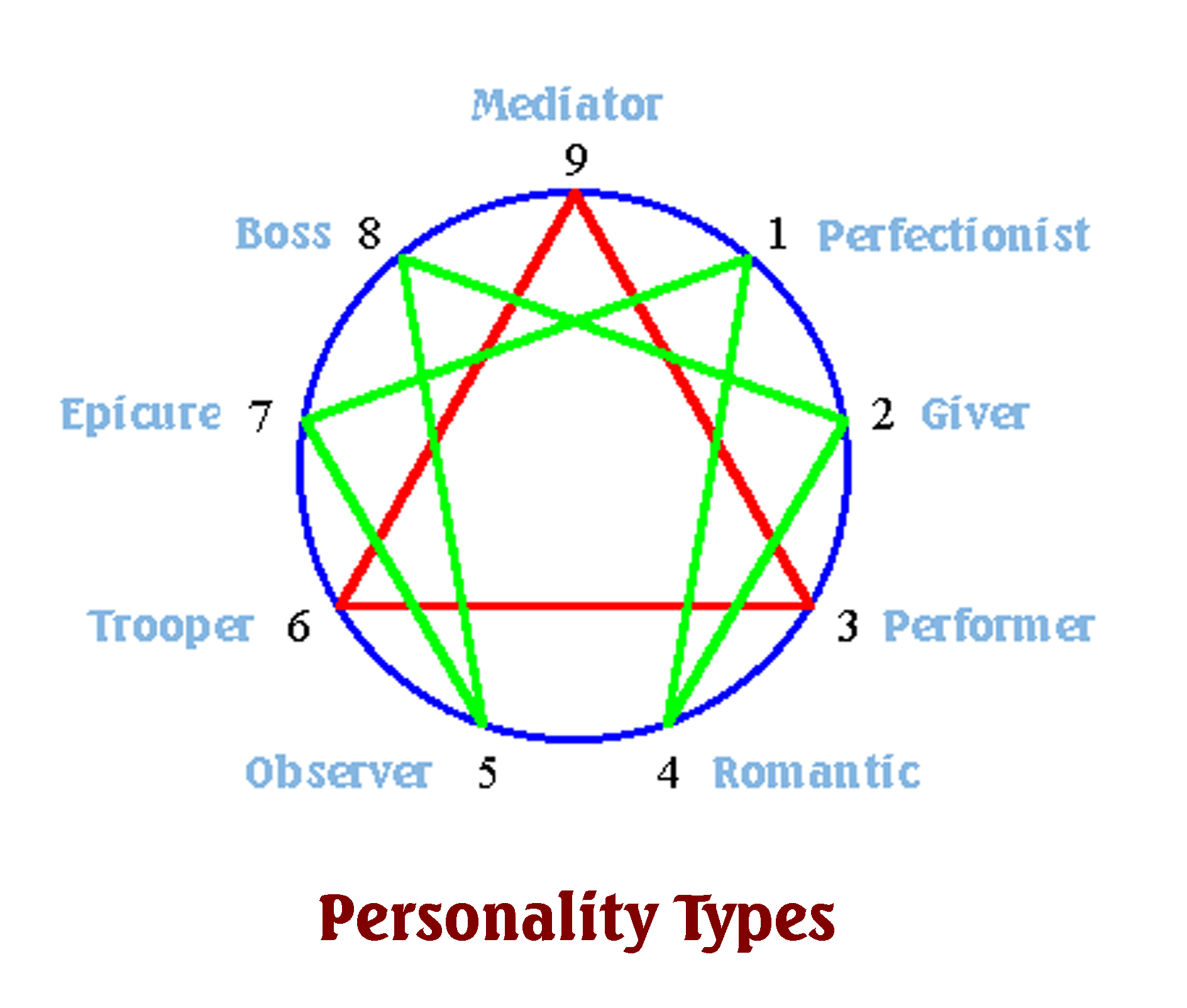

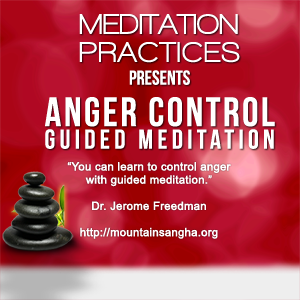
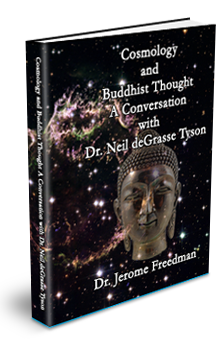
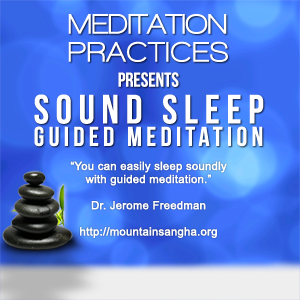
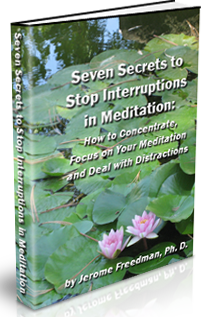
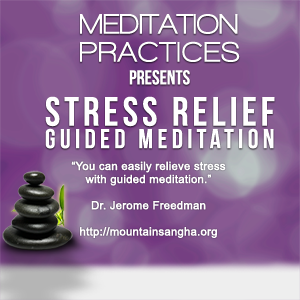

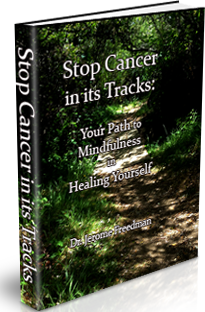
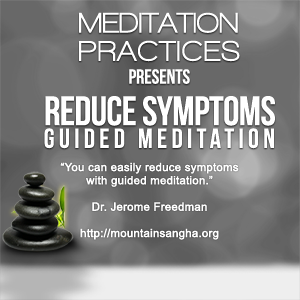
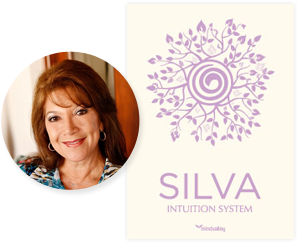
You must be logged in to post a comment.